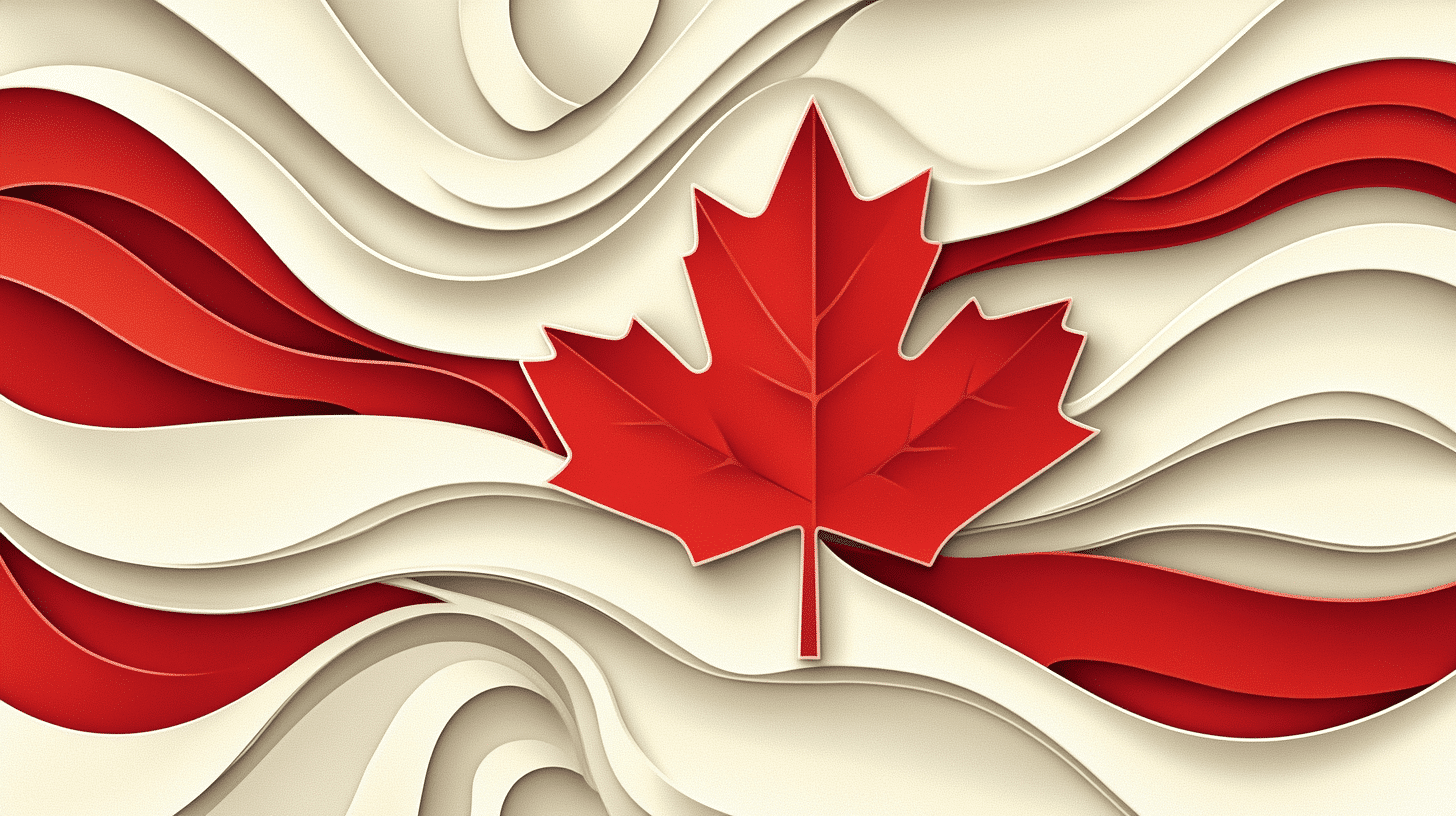What is Canadian Thanksgiving Day?
Canadian Thanksgiving Day is celebrated annually on the second Monday of October in Canada. The holiday is a time for Canadians to express gratitude for the harvest and the blessings of the past year. It’s a national holiday marked by family gatherings and festive meals, often featuring traditional dishes like turkey, stuffing, and pumpkin pie. While it shares similarities with American Thanksgiving, the two holidays are distinct, with Canadian Thanksgiving being rooted more in the celebration of the harvest season rather than specific historical events like in the United States.
The holiday’s origins can be traced back to Indigenous harvest festivals and European settlers, who brought their own thanksgiving traditions to Canada. While the date has changed over time, the current observation on the second Monday of October was officially set in 1957.
History and Origin
Canadian Thanksgiving’s origins date back to long before European settlers arrived. Indigenous peoples across Canada held harvest festivals to celebrate the bounty of their crops. Later, European settlers, including Samuel de Champlain and his followers, are thought to have celebrated thanksgiving feasts to mark successful harvests. The tradition continued to evolve, with various Thanksgiving days being declared for specific events, such as the end of wars or relief from illness.
It wasn’t until 1957 that the Canadian Parliament officially declared the second Monday in October as a day to give thanks for the harvest. This aligns with the earlier harvest season in Canada compared to the United States, where Thanksgiving is celebrated in late November.
Who Observes Canadian Thanksgiving?
- Canadian Families: Thanksgiving is primarily a family holiday, where families gather to share meals, reflect on the blessings of the past year, and enjoy each other’s company.
- Farmers and Agricultural Communities: For farmers, Thanksgiving represents the culmination of the harvest season. Many in rural communities use the time to give thanks for a successful growing season.
- Churches and Religious Groups: Many religious communities in Canada observe Thanksgiving with services that focus on gratitude and thankfulness. These often include prayers or sermons centered around giving thanks for the blessings of the year.
- Expats and International Canadians: Canadians living abroad often find ways to celebrate Thanksgiving by hosting their own dinners or attending events that bring Canadian communities together in other countries.
- Restaurants and Businesses: Many restaurants offer special Thanksgiving menus, and some businesses provide Thanksgiving-themed sales or events to mark the occasion.
Slogans and Themes
Thanksgiving in Canada often revolves around themes of gratitude, family, and community. Common expressions include “Give Thanks” and “Celebrate the Harvest,” focusing on the importance of taking time to reflect on life’s blessings. The overall theme remains one of thankfulness for both the food on the table and the support of loved ones.
Colors, Symbols, and Patterns
Colors:
- Orange, representing the autumn harvest and the falling leaves of the season.
- Red, symbolizing the changing colors of the leaves and the festive spirit of Thanksgiving.
- Brown, reflecting the earth and the harvest season.
Symbols:
- Turkey, representing the traditional Thanksgiving meal.
- Cornucopia, a symbol of abundance and the plentiful harvest.
- Maple leaf, a national symbol of Canada, often used to represent Canadian pride and unity.
Patterns:
- Leaf patterns, reflecting the changing season and the fall foliage.
- Harvest-themed motifs, such as wheat, corn, and pumpkins, representing the bounty of the autumn harvest.
- Plaid patterns, often associated with the cozy, warm feeling of fall gatherings.
Most Used Hashtags
- #CanadianThanksgiving
- #ThanksgivingCanada
- #Thankful
- #HarvestSeason
- #ThanksgivingDinner
How to Participate in Canadian Thanksgiving Day
- Host a Thanksgiving Meal: A central part of Thanksgiving in Canada is the traditional dinner. Host a meal with family and friends, serving classic dishes such as turkey, mashed potatoes, and stuffing.
- Give Thanks: Reflect on what you are grateful for and express your gratitude to those around you. This can be done through thoughtful conversations, writing letters, or sharing moments of thanks on social media.
- Attend a Religious Service: For those who observe Thanksgiving from a religious perspective, attending a service focused on giving thanks for life’s blessings can be a meaningful way to celebrate.
- Support Local Farmers: Purchase locally grown produce and foods for your Thanksgiving feast, supporting farmers who work hard to bring in the harvest.
- Volunteer or Give Back: Many Canadians use Thanksgiving as an opportunity to give back to their community by volunteering at food banks, shelters, or other charitable organizations.
Importance of Canadian Thanksgiving Day
Canadian Thanksgiving Day is a time for reflection and gratitude, serving as a reminder of the importance of family, community, and the blessings we receive throughout the year. It’s an occasion to reconnect with loved ones, enjoy a bountiful meal, and give thanks for the harvest. For many, it marks the end of the growing season and the start of the cozy fall months. Beyond food and festivity, it encourages a spirit of generosity and gratitude, extending into acts of kindness and support for those in need.
Features
October 14: Canadian Thanksgiving Day
Why do you keep falling for the same type?
Read the article Lovemaps: the hidden blueprint of our love.

